What do all Apple app developers have in common? Not much really beyond an almost preternatural enthusiasm for Apple’s platforms and the opportunity to reach the Apple ecosystem’s millions of customers. What amps that excitement up to 11 for them is the chance to be named one of the best apps of the year. Recently, I got to meet and talk to some of the 14 developers of those now-award-winning apps. Naturally, I asked them about their apps, but what I really want to know about is how they’re preparing for Apple’s Vision Pro and spatial computing. To my surprise, some of them answered me.
One week after Apple's App Store Editorial team named the 40 finalists, the Cupertino Tech giant revealed the 14 Apps and Games winners across, the best iPhone, best iPad, best Apple Watch, and best Mac Apps. Apple even added a new wrinkle this year: Cultural Impact winners. Apple also selected an app trend of the year, which was, unsurprisingly Generative AI, though no specific Generative AI app won an award.
Each App winner I saw has its own distinctive vision and style, though most of them manage to lean on Apple-specific device capabilities to do some surprising things.
The winners are a varied bunch, and you can check out the full list below. When I spoke to some of the winners still basking in the glow of the App Store award, physically represented by a nearly 10-pound blue Apple Store icon trophy, they offered some insights into the Apple app development process and thoughts about a Vision Pro future.
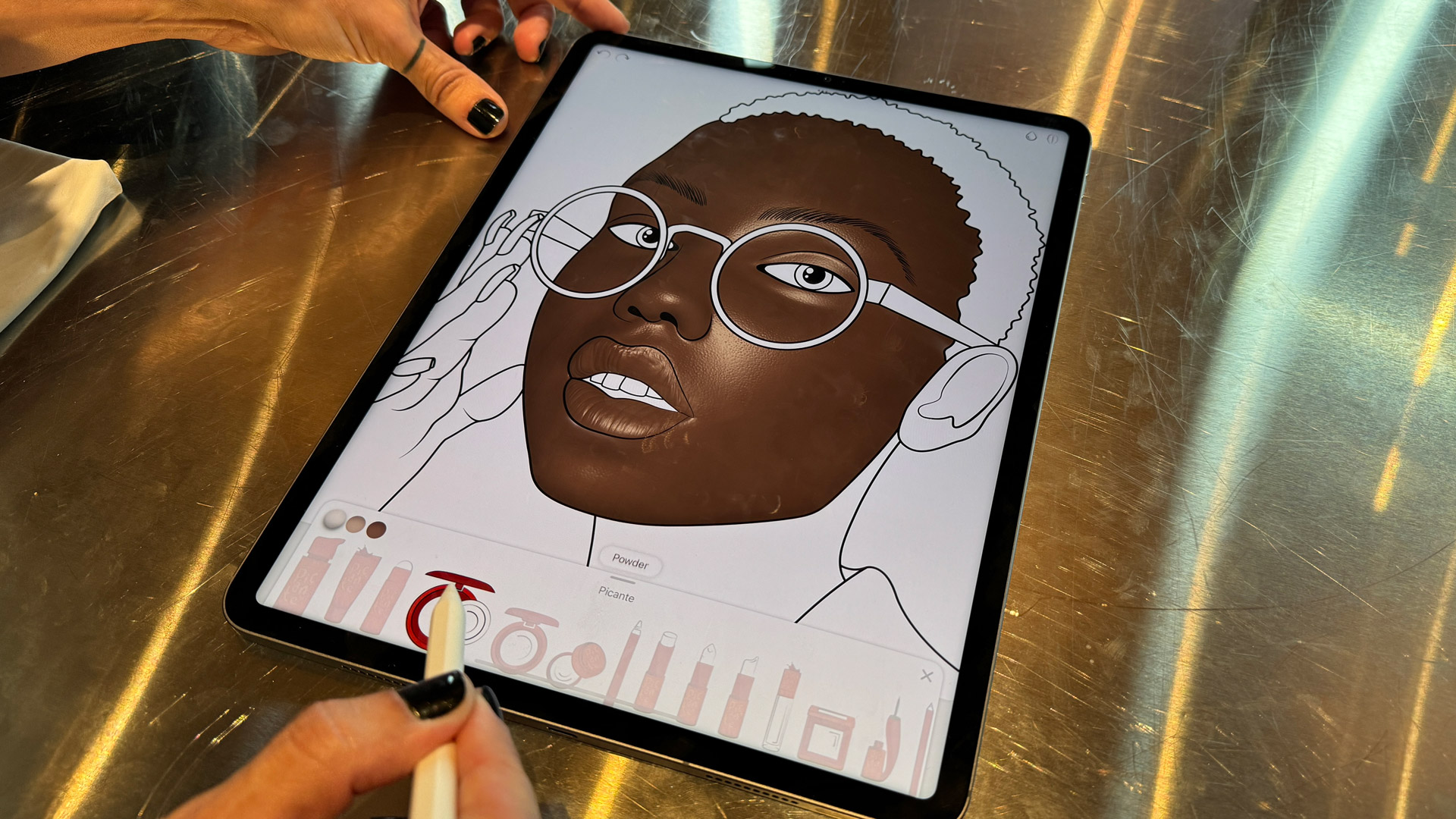
A stand-out winner is Prêt-à-Makeup, from Prêt-à-Template. This iPad app is for professional makeup artists and lets them build a makeup look on the tablet before applying it to their subjects. That sounds like a fairly simple idea, and little more than the life-size Barbie makeup styling head kids favored in the 80s, but I could see the app is something more.
In the demonstration I saw, there were hundreds of different makeup kits and dozens of sample faces. The faces all look like line drawings but hide inside them detailed 3D maps. As soon as we applied digital makeup with both touch and using Apple Pencil, the skin came to life and even reflected light when we turned the tablet from side to side. It’s an impressive effect.
It looked like a powerful tool but, since it’s my job, I’m always thinking about the future. I asked how this app might translate to Apple’s next big platform plans: Spatial Computing on the Apple Vision Pro. The developer didn’t demure and in fact revealed they are a launch partner, adding that they’ll be embracing Spatial Computing in the future.

Lies of P, from NEOWIZ. a rare AAA game simultaneously developed on consoles and the Mac, won for Mac Game of the year. Having played the immersive game based on the original Carlo Collodi Pinocchio tale on a 14-inch MacBook Pro (M3 Max), I agree with the selection. It clearly makes excellent use of the M3 Max’s native rendering capabilities. Neowiz Team Lead Justin Carnahan told me that while there was initially concern about the difficulty of building the game for the Mac it was actually “very smooth.” Plus, Apple Silicon has more than enough power to handle difficult in-game tasks like volumetric fog effects.
The game is so immersive, in fact, that I had to wonder if they, too, were thinking about what it might be like to play on the Vision Pro. Carnahan said bringing the game to Vision Pro is “a possibility," but quickly added that “they just launched the game two months ago and are just now figuring out what to do going forward.” There are, however, already plans for a DLC and a sequel.
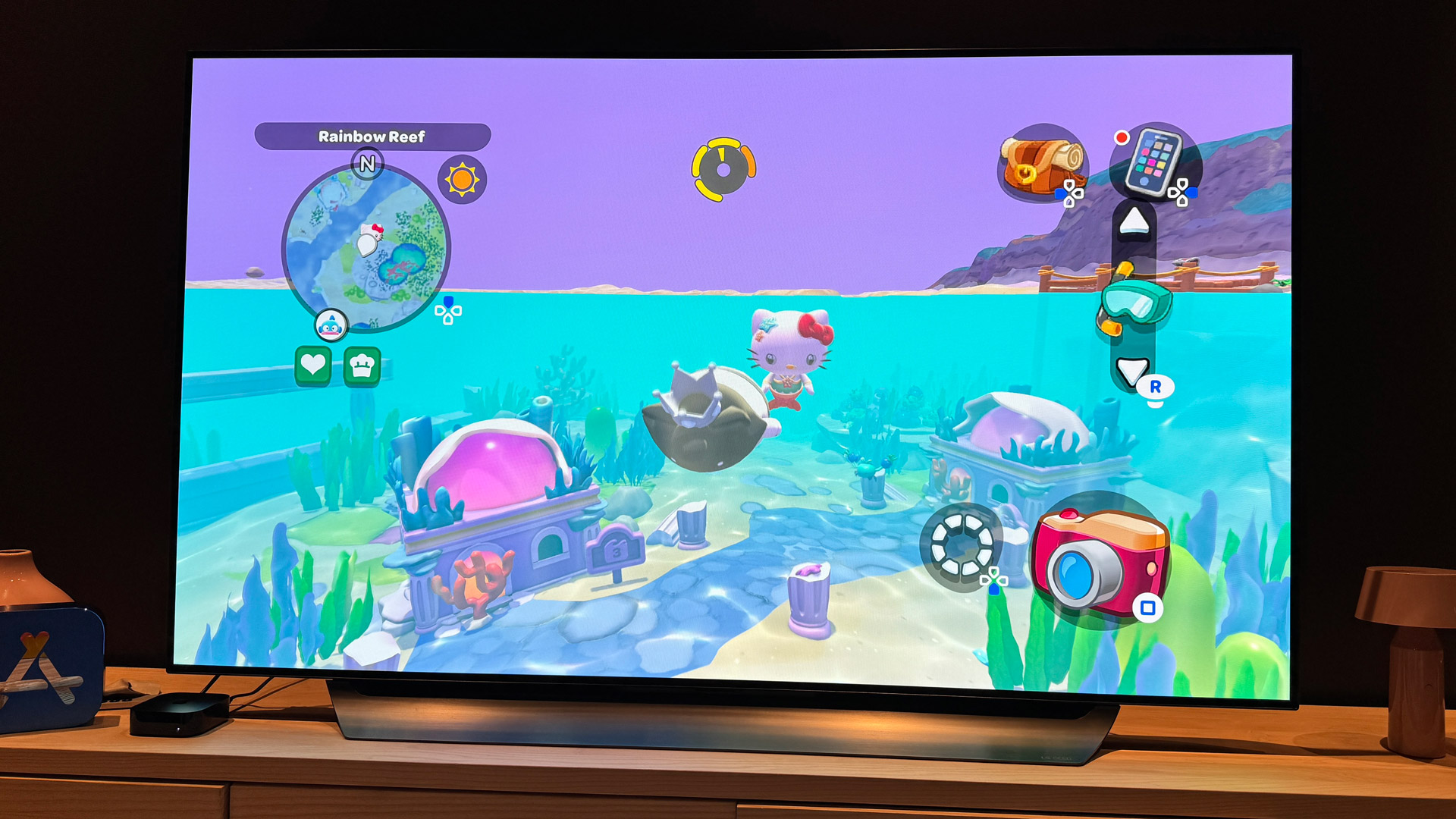
I enjoyed my brief foray into Apple Arcade Game of the Year Hello Kitty Island Adventure from Sunblink which owns a huge debt of gratitude to Animal Crossings: New Horizons. Still, I’d never seen any Hello Kitty-infused thing quite like it and could see why fans and Apple like it so much. In fact, Sunblink Founder and CEO, Julian Farrior told me Apple was so excited about the game's success that it convinced Sunblink to keep building it out as a subscription-based platform, meaning the game now gets fresh updates every six weeks.
Such an open-world and immersive environment seems, at least to me, tailor-made for Vision Pro’s full-immersion Spatial Computing.
Farrior told me the company is content for now to be an Apple Arcade game. That said, they are investigating the “hooks in Vision Pro,” and examining “technically what it might take.” Personally, I’m excited about the idea of swimming alongside a Hello Kitty mermaid.
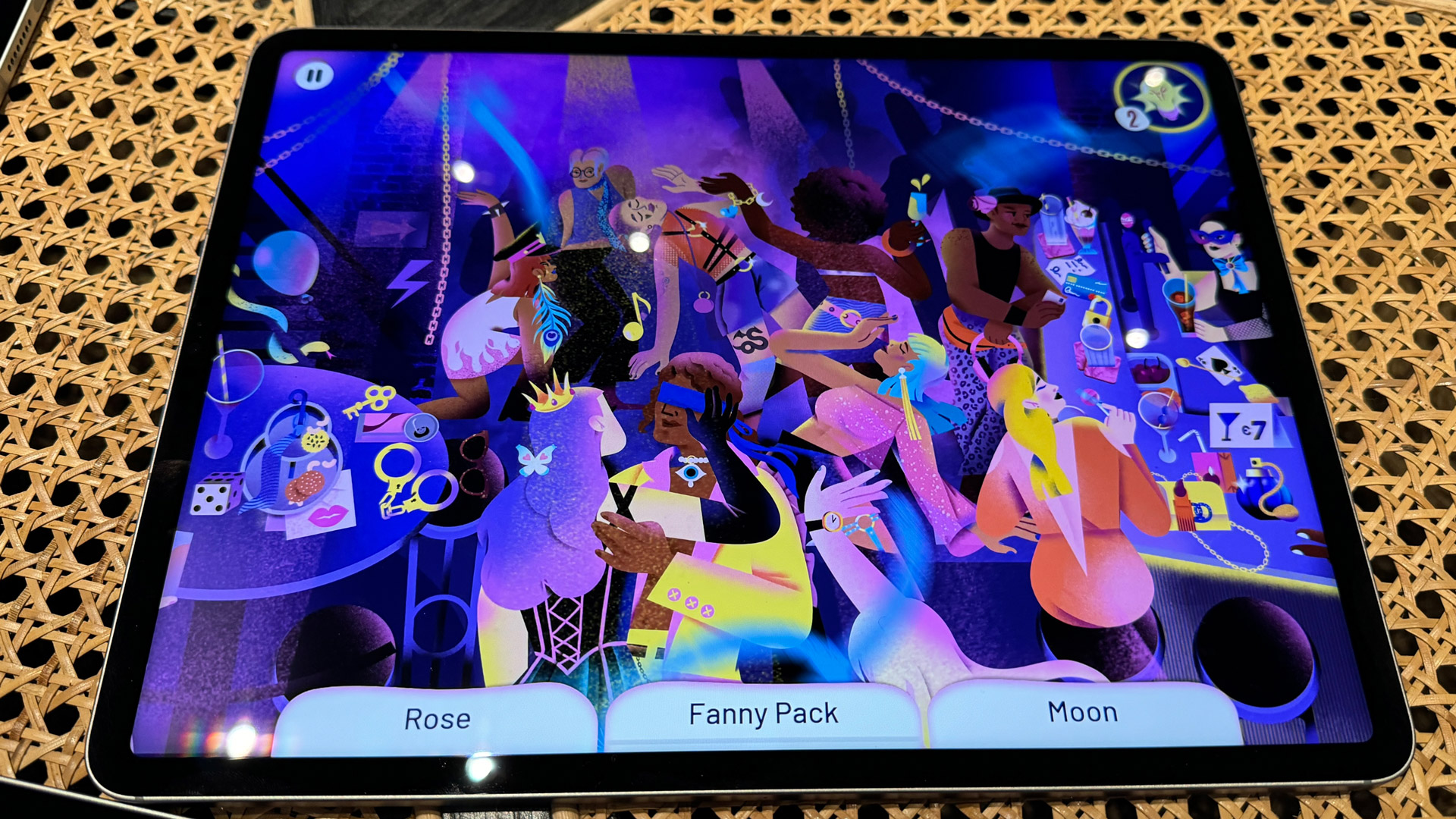
Not every app winner is as deeply immersive, or action-packed. Finding Hannah from Fein Games is a Cultural Award Winner and uses the larger canvas of the iPad to paint a colorful and intriguing story of the lives of three women from three different eras: 1940s, 1970, and now. What’s interesting about the game is that it’s really a relatively simple puzzle game that uses the puzzles as a gateway to the overarching narrative. It becomes a journey of discovery about the lives of these women and the worlds they live in.
Fein Games Art director Elena Resko agreed with me that such a game could live in the Vision Pro. “It might be possible. Not sure what the interaction would look like. I think it would be exciting to have this new technology for old-style games as well.”
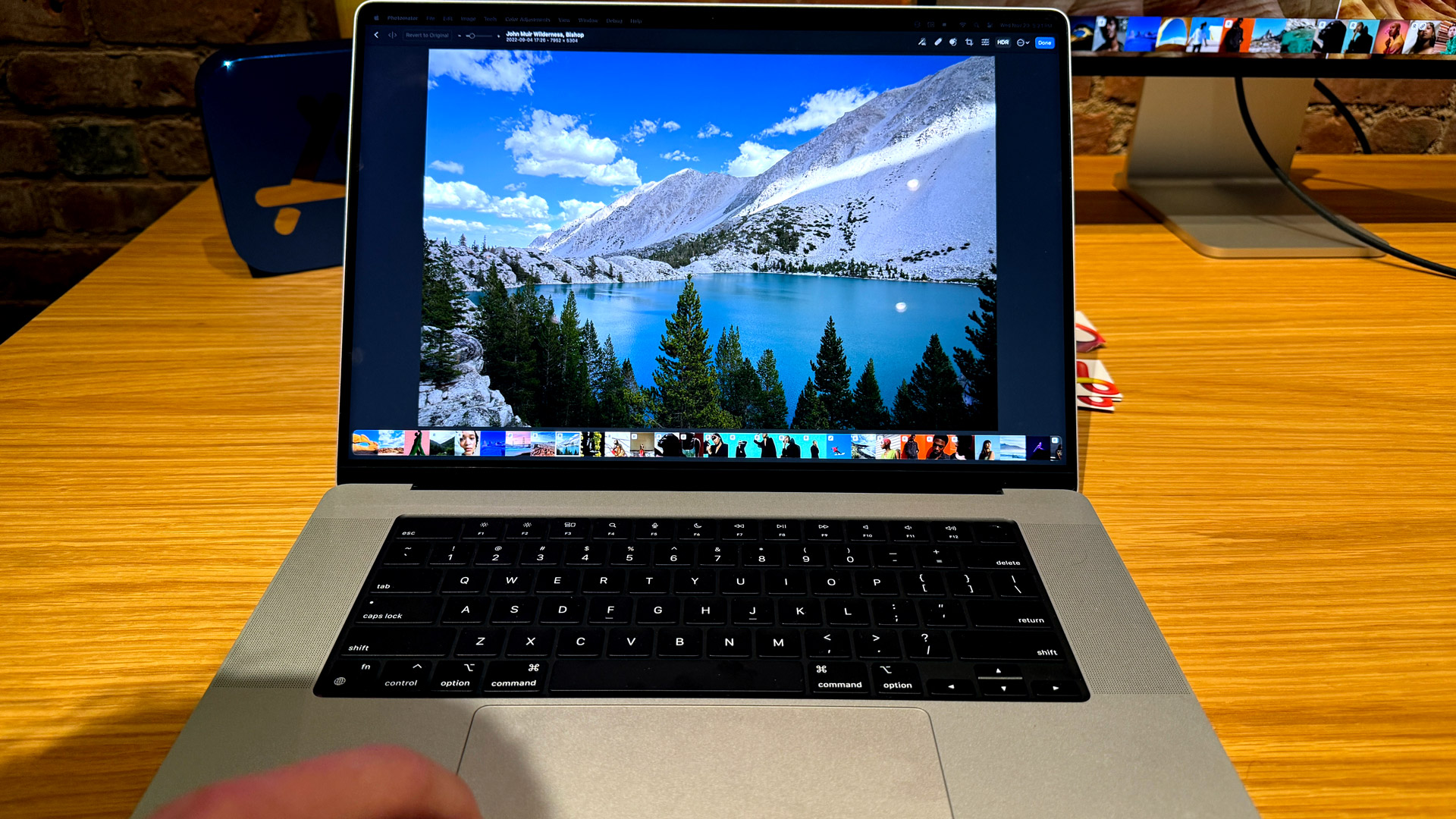
Photomator, from UAB Pixelmator Team, which won for best Mac App but also runs on the iPhone, is a powerful Machine Learning-powered image editor that does a good job of making complex image editing tasks simple. The developers showed me how it could instantly upscale a low-rez image or, with one tap transform an SDR Shutterstock image into full HDR glory.
Of all the developers I spoke to, Simonas Bastys, Lead Developer for the Pixelmator team, was perhaps most excited about the prospect of developing for the Vision Pro, with a caveat. The last stop before Spatial computing, he told me, is HDR.
Then he added, “I think Photomator will work beautifully in Spatial Computing.” He added that they, too are Vision Pro launch partners, and “We’ll work on spatial photography,” which I took to mean that some future version of Photomator might run in the Vision Pro or outside of it and let you edit the original 3D spatial photography. Now that’s exciting.
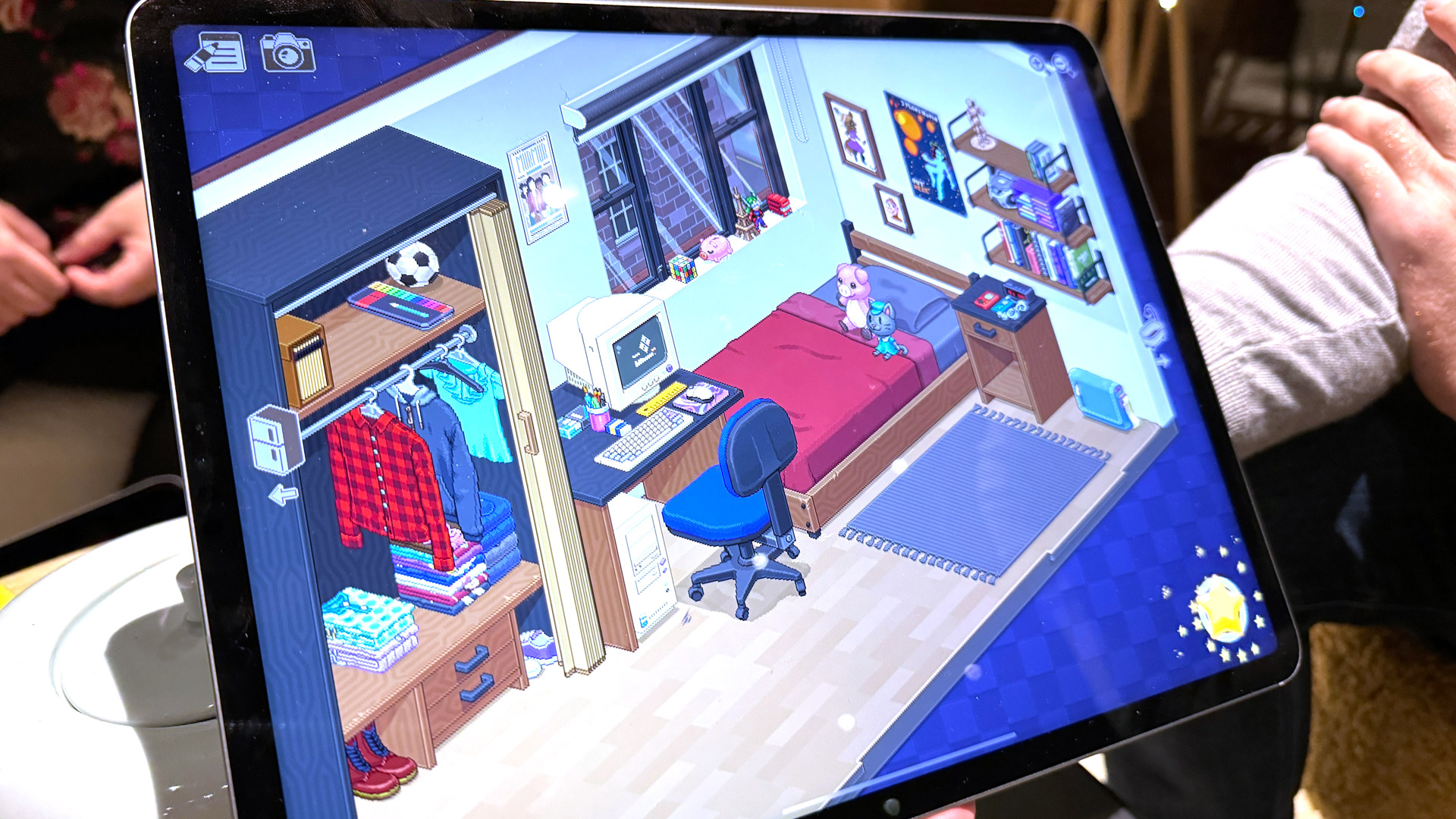
I found Unpacking from Humble Bundle, which won a Cultural Award, to be one of the more ruminative and interesting apps. It features no people or characters at all and instead is just 8 stages and 32 rooms where you can unpack someone’s stuff. It sounds dull but it’s actually fascinating, a little sad, but also relaxing. You can learn a lot about a person by unpacking their stuff.
I imagined a future game on the larger Vision Pro stage where you are unpacking with your hands and placing things on larger virtual shelves. The developer smiled at me and said while they’re not ruling anything out, now is probably not the time to think about porting Unpacking to yet another platform. Basically, after all the work to bring it to the iPad, iOS, and consoles, they’re “taking a break.”
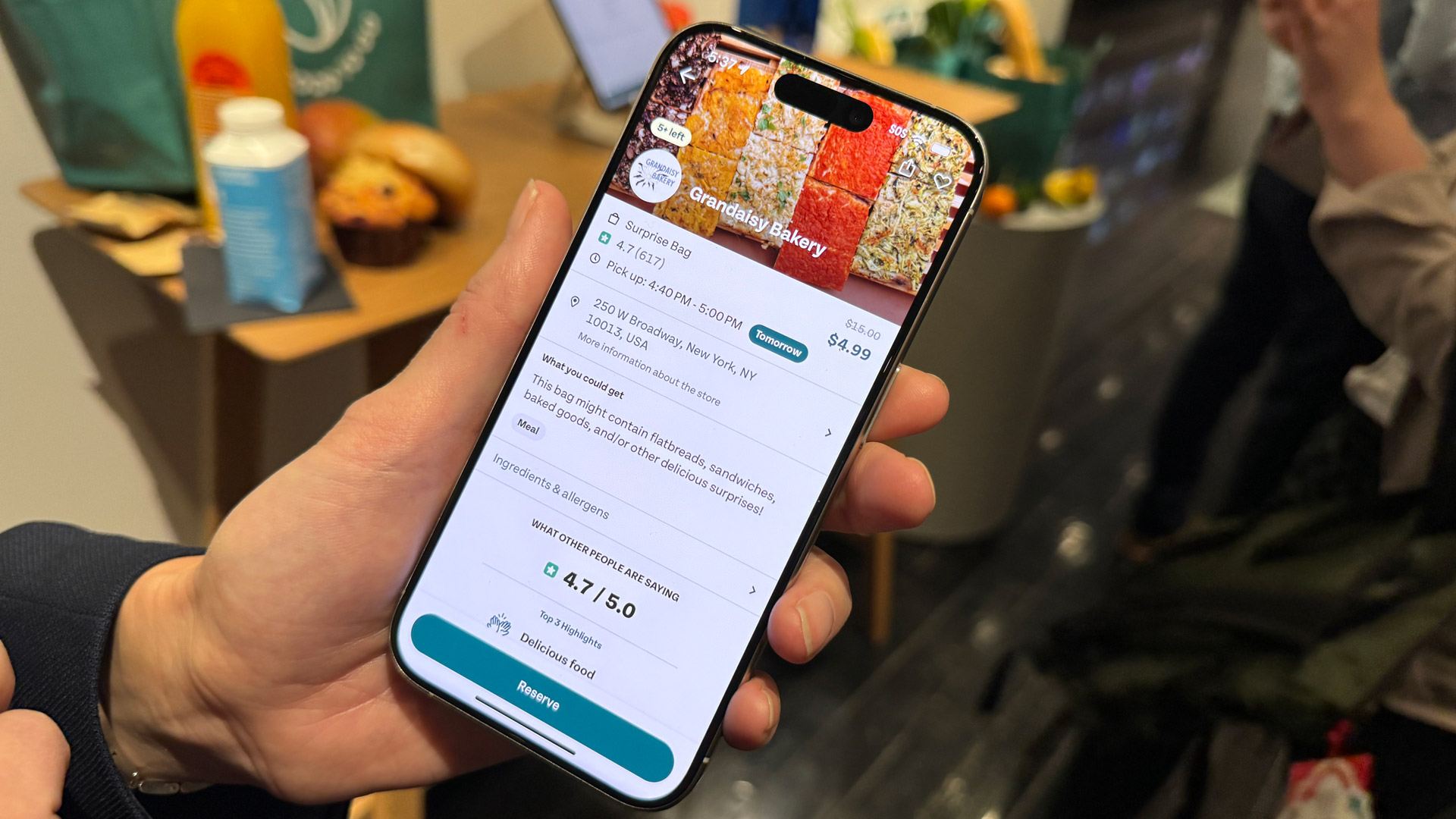
There were other cool and inspiring apps like Too Good To Go, a food waste app from Too Good To Go. As the name implies, the free app connects consumers (or food eaters) with restaurants, bakeries, and supermarkets that are preparing to discard food at the end of the day and sell them the expiring food at a huge discount. The service boasts 85 million users and 150,000 stores across 17 countries. The app is free, and it looked so easy to use that I thought about trying it out that evening – but then I wouldn’t have had time to write this story.
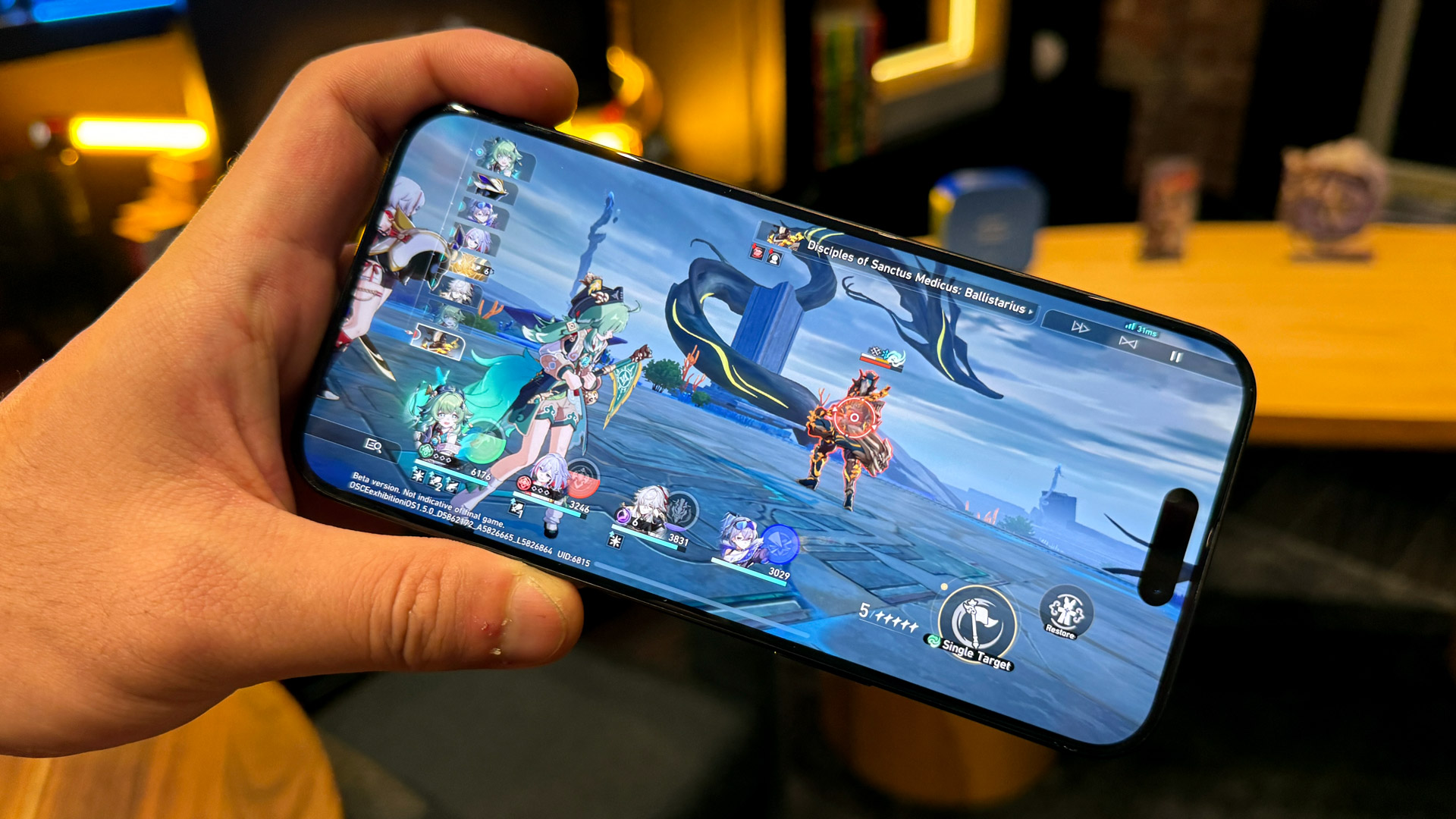
I also checked out the anime-esque Honkai: Star Rail from Hoyoverse, an iPhone game of the year winner. It’s a space fantasy RPG that might not have enough action for me, but with multiple worlds, planets, and players, there’s clearly more than enough depth to keep you engaged for hours on end.
Could such a game work on the Vision Pro? The developer has no firm plans but confirmed that “everyone’s excited.”
I wonder if, by this time next year, Apple will have added a Vision Pro app of the year.
The winners
Here is the full list of winners.
Apps:
iPhone App of the Year: AllTrails, from AllTrails, Inc.
iPad App of the Year: Prêt-à-Makeup, from Prêt-à-Template.
Mac App of the Year: Photomator, from UAB Pixelmator Team.
Apple TV App of the Year: MUBI, from MUBI, Inc.
Apple Watch App of the Year: SmartGym, from Mateus Abras.
Games:
iPhone Game of the Year: Honkai: Star Rail, from COGNOSPHERE PTE. LTD.
iPad Game of the Year: Lost in Play, from Snapbreak Games.
Mac Game of the Year: Lies of P, from NEOWIZ.
Apple Arcade Game of the Year: Hello Kitty Island Adventure, from Sunblink.
Cultural Impact Winner:
Pok Pok from Pok Pok
Proloquo from AssistiveWare
Too Good To Go from Too Good To Go
Unpacking from Humble Bundle
Finding Hannah from Fein Games GmbH
You might also like
via Hosting & Support
Comments
Post a Comment